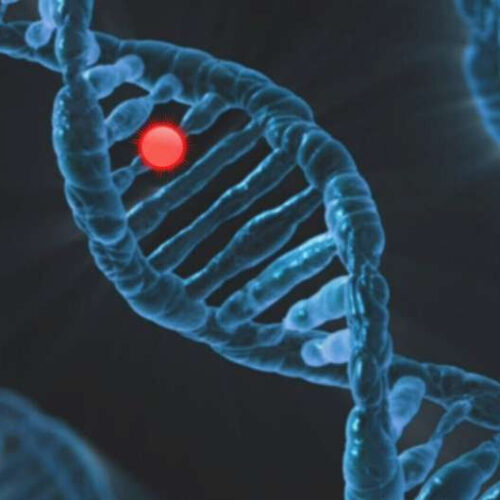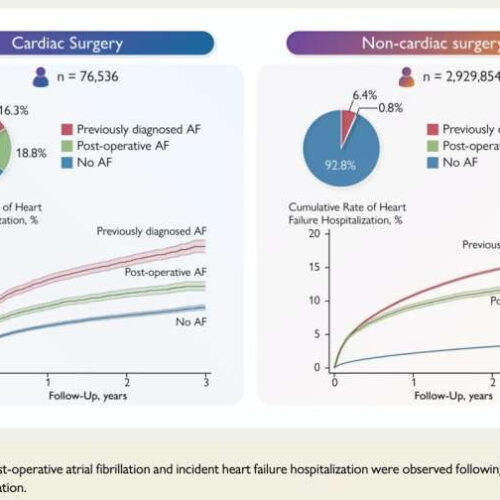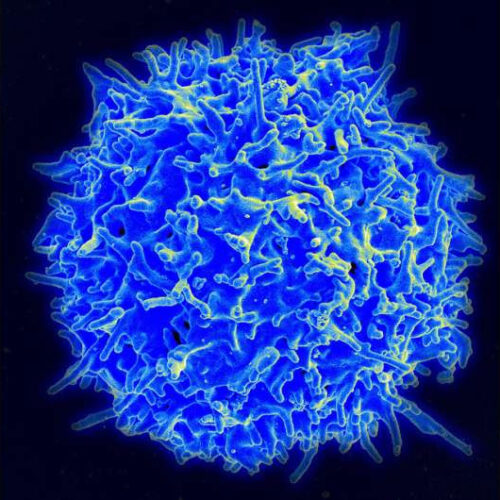by University of British Columbia Effects of CSF1R inhibitors – and the absence of self-renewing resident macrophages – on muscle regeneration in mice. Credit: F. Babaeijandaghi, et al., Science Translational Medicine (2022) Researchers at the University of British Columbia’s School of Biomedical Engineering have discovered that an existing cancer drug could have potential as a treatment for muscular...
Researchers identify important factors for regulating the body’s immune response
by Christina Griffiths, Indiana University School of Medicine An artist’s depiction of a T cell. Credit: NIAID Researchers at Indiana University School of Medicine are learning more about how special regulatory T cells can impact the immune system’s response and how those cells could be manipulated for potential treatments for food allergies and autoimmune diseases. In...
Organoids reveal similarities between myotonic dystrophy type 1 and Rett syndrome
by University of California – San Diego Credit: Pixabay/CC0 Public Domain Myotonic dystrophy type 1 (DM1) is the most common form of muscular dystrophy, characterized by progressive muscle wasting and weakness and caused by abnormally repetitive DNA segments that are transcribed into toxic molecules of RNA. Instead of ferrying a gene’s instructions for translation into proteins,...
Atrial fibrillation after surgery is linked to an increased risk of hospitalization for heart failure
by European Society of Cardiology Associations between post-operative atrial fibrillation and incident heart failure hospitalizations. Credit: European Heart Journal People who develop an abnormal heart rhythm after surgery have an increased risk of subsequently being admitted to hospital with heart failure, according to a study of over 3 million patients, which is published in the European Heart Journal today....
Scientists identify new brain mechanism involved in impulsive cocaine-seeking in rats
by National Institutes of Health Credit: CC0 Public Domain Researchers have found that blocking certain acetylcholine receptors in the lateral habenula (LHb), an area of the brain that balances reward and aversion, made it harder to resist seeking cocaine in a rat model of impulsive behavior. These findings identify a new role for these receptors that...
No Role for Cuffless BP Monitoring at Present: ESH Statement
Sue Hughes June 23, 2022 Cuffless blood pressure measurement is a fast-growing and promising field with considerable potential for improving hypertension awareness, management, and control, but because the accuracy of these new devices has not yet been validated, they are not suitable for clinical use at present, concludes a new statement from the European Society of Hypertension....
SOFT ‘NEUROSTRING’ COULD PROBE BRAIN AND GUT
“The mainstream way people are trying to understand the brain is to read and record electric signals,” says Jinxing Li, the paper’s first author and an assistant professor in Michigan State University’s College of Engineering. “But chemical signals play just as significant a role in brain communication, and they are also directly related to diseases.”...
Microbiologists’ work adds to research on microbiome fungi and childhood disease
A surge in research projects on the human microbiome — the complex ecosystem of microorganisms in the human gastrointestinal tract — is bolstering scientific understanding of health, disease, and environment. Much of the research has focused on gut bacteria and viruses, leaving a third factor — fungi — little studied. An international consortium of scientists has conducted...
Scientists prevent ‘exhaustion’ in cancer-fighting T cells
by Sarah Williams, Gladstone Institutes Scanning electron micrograph of a human T lymphocyte (also called a T cell) from the immune system of a healthy donor. Credit: NIAID When faced with a formidable foe for months on end, the immune system’s T cells begin to tire. Whether fighting a cancer or a chronic infection, they become...
Single-Cell Analysis Reveals Clues About Promising Cancer Therapy
A type of cancer treatment known as CAR T therapy has shown great promise for blood cancer treatments in the last decade, but too often, patients relapse within a short time. Now, a team of researchers has uncovered some critical clues about why – potentially leading to treatments to prevent these relapses. CAR T therapy involves isolating...




